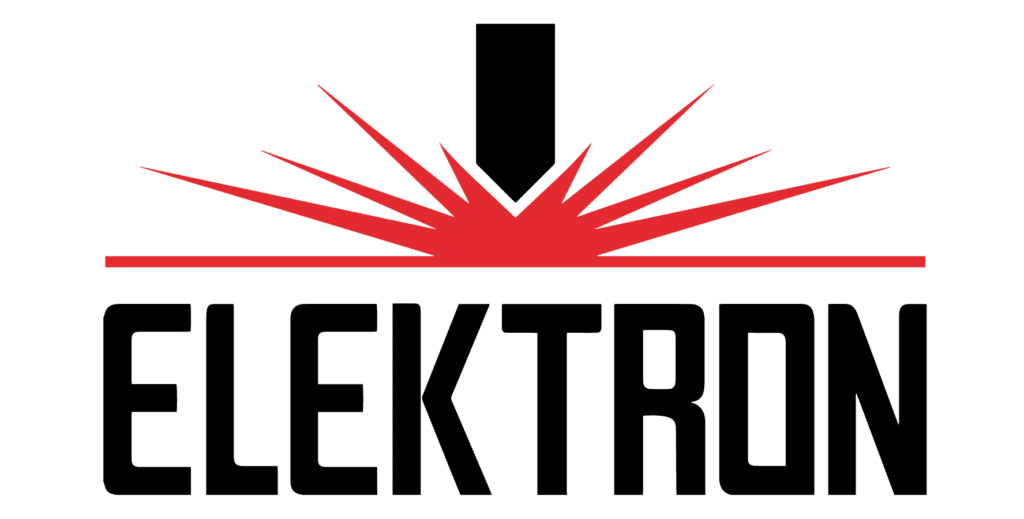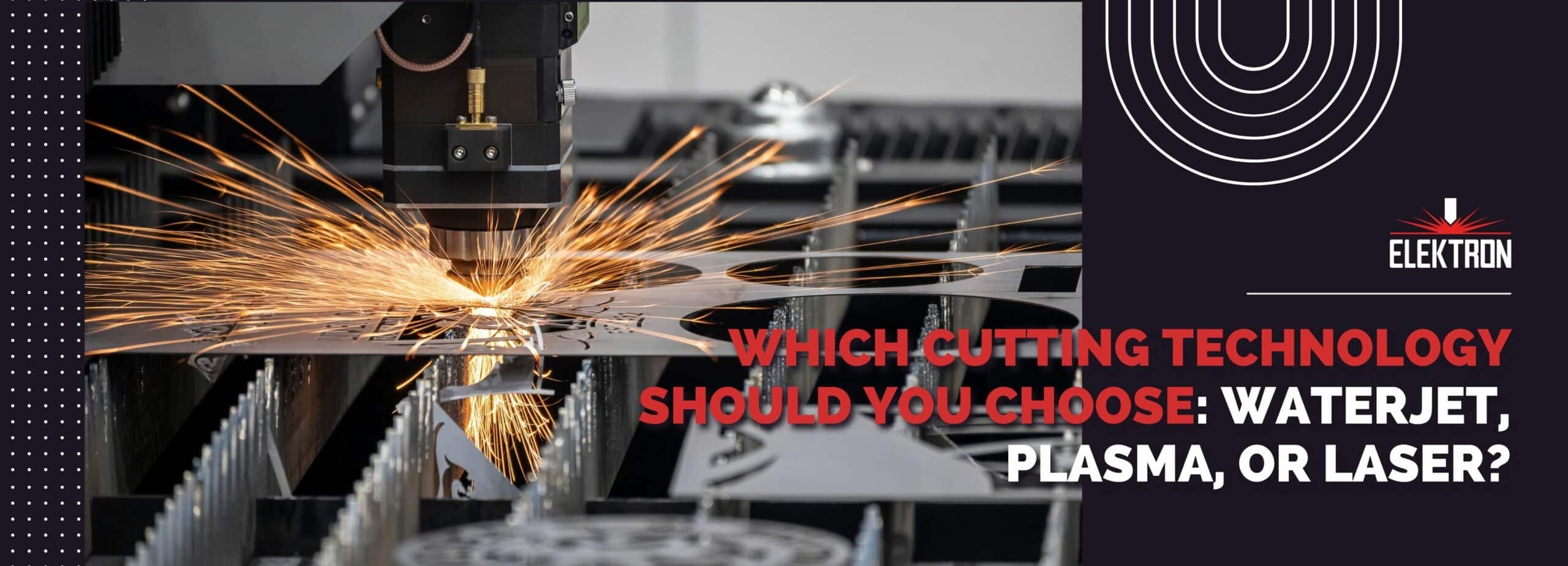
Whether they are designed for sheet metal, tubes, or profiles, many cutting technologies compete fiercely on the market. Some people like abrasive mechanical cutting, while others choose thermal cutting techniques. High-definition plasma, CO2 laser, and the aforementioned fibre laser are now competing technologically due to recent advancements in the laser world of fibre-cutting technology.
Which is the most cost-effective? The most precise? What kind of thickness is it for? What about the content? To help us choose the one that best meets our needs, we will describe the traits of each in this article.
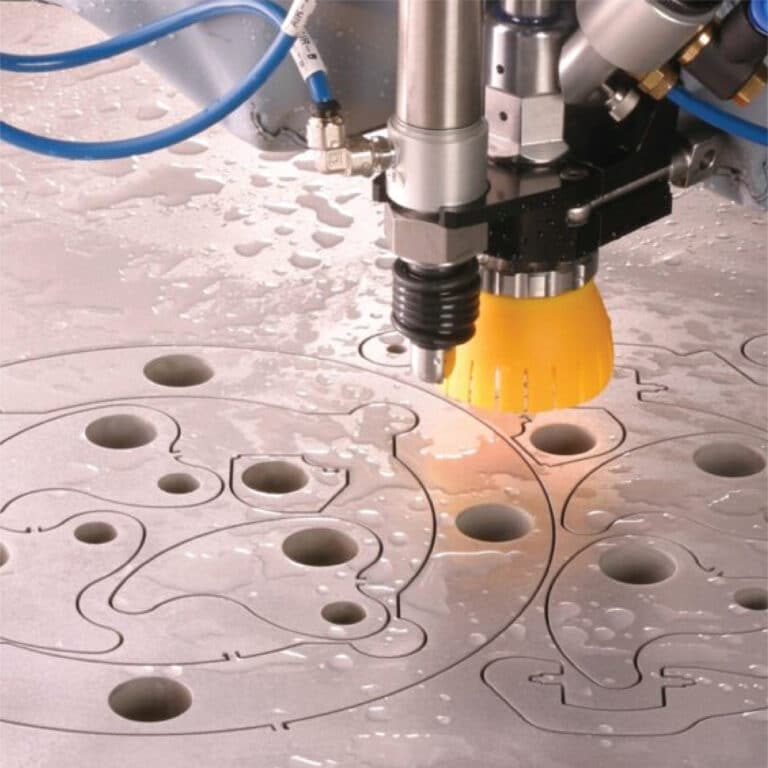
Waterjet
This is an intriguing technology for all the materials, including plastics, coatings, and cement panels, that might be heated up during cold cutting. An abrasive material appropriate for working with steel larger than 300 mm may be used to boost the cut’s force. In this way, it can be quite helpful for hard materials like glass, stone, or ceramics.
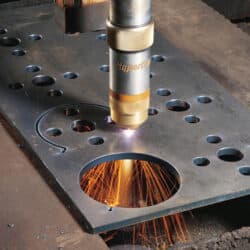
Plasma
For bigger thicknesses, high-definition plasma is comparable to laser in terms of quality but costs less to purchase. It can penetrate steel up to 90 millimetres thick in carbon steel and 160 millimetres thick in stainless steel, making it the most suitable for 5 millimetres and nearly unbeatable from 30 millimetres, where the laser is unable to penetrate. It is unquestionably a superb choice for bevel cutting. Both ferrous and non-ferrous materials and rusted, painted, or grid materials can be used with it.
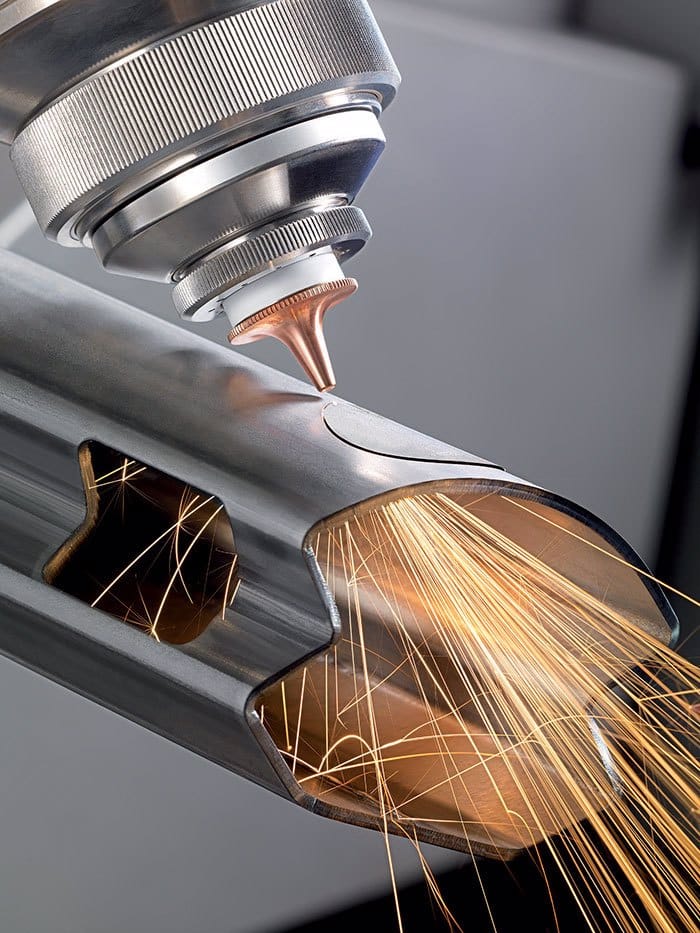
CO2 Laser
CO2 laser cutting is a sheet metal processing technique that uses an electrically driven gas laser. The laser cuts contours into metal sheet material such as steel, stainless steel, or aluminium. CO2-cutting technology is highly accurate and offers a lot of shaping freedom. This even makes it easy to cut complex shapes. CO2 laser marking is ideal for a wide range of non-metallic materials, including plastics, textiles, glass, acrylic, wood, and even stone. They have been used in pharmaceutical and food packaging as well as the marking of PVC pipes, building materials, mobile communications gadgets, electrical appliances, integrated circuits, and electronic components.
If you need to cut thicker materials, it’s best to go with CO2 lasers. When cutting materials above 5 mm, CO2 lasers deliver faster initial piercing times, quicker straight-line cutting, and a smoother surface finish. The CO2 laser cutting machine is very powerful. The machine produces an intense laser beam that can cut through many strong materials, such as stainless steel and carbon steel. It can cut through 25 mm when working on these strong materials. The cutting thickness increases to 60 mm when working on materials such as wood. The quality of the work produced by the CO2 laser cutting machine is very high. The continuous laser used on these machines allows for a clean, smooth cut. This laser machine is the better choice among the many other machines when it comes to cutting quality when cutting thick materials. The CO2 laser cutting machine can cut very quickly and neatly when cutting in a straight line. These machines are the best for quick and accurate cutting, especially when it comes to cutting thick, strong materials such as stainless steel. The accuracy of the CO2 laser cutting machine is unmatched. The high-powered laser can produce accurate patterns on many different materials. The incision width of the laser is very narrow, allowing the CO2 laser cutting machine to produce elegant, detailed designs.
Now you know which laser technology is available and what its uses are. Which technique can give you more profit on work costs? You must visit the website of Elektron Group once to get more information and invest in the right place. There you will find more important information about laser cutting.

